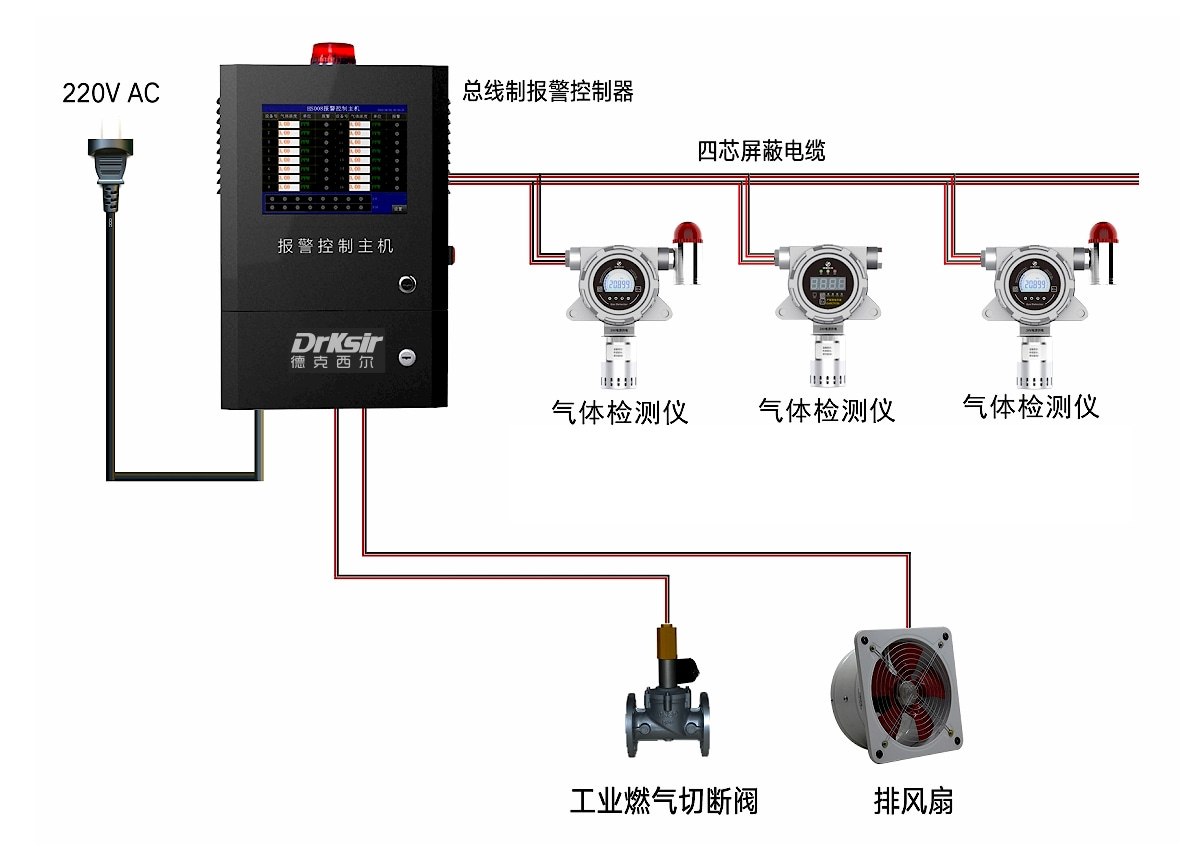感谢您的支持,我会继续努力的!



打开支付宝扫一扫,即可进行扫码打赏哦
1、 How is hydrogen generated
In the financial data center, telecom data center, commercial office building, etc., emergency power supply and standby power supply systems are installed in the power supply room, and battery is an effective energy storage medium. Almost all standby power supply systems and emergency power supply UPS should use battery as the energy storage medium; These batteries mainly use acid and alkaline batteries such as lead-acid batteries and nickel metal batteries. After the battery is used, it needs to be recharged to recover its capacity. No matter what type of battery is used, a certain amount of hydrogen will be discharged from the battery room during the charging process. The faster the charging speed is, the faster the hydrogen will be generated.
2、 CO2 production process
The electronic components in various computer rooms will produce trace amounts of carbon dioxide when they work. Large computer rooms or high-power computer rooms produce more carbon dioxide, while the computer rooms are usually relatively closed. The gas fluidity is not strong, and the concentration of carbon dioxide will gradually increase, and the concentration of carbon dioxide will be higher for a long time, which will cause harm to human body. At the same time, the high and low voltage distribution room, transformer room, frequency converter room, voltage stabilization room, generator room and other rooms that cannot be put out with water should be equipped with gas fire extinguishing systems other than carbon dioxide, such as heptafluoropropane, IG100, IG541 and other clean gas fire extinguishing systems.
3、 Hazards of hydrogen and carbon dioxide in data center
3.1 Hydrogen is a flammable gas, lighter than air, and also a clean energy, but everything has two sides. Improper handling of flammable substances, or not handling, will lead to the risk of combustion and explosion. The hydrogen generated during the charging process of the battery in the machine room is easily gathered at the top in the small space of the protective machine room, while the lower explosive limit of hydrogen is 4% VOL, and the explosive concentration range is 4% VOL-75.6VOL. When burning, the flame color is light blue, which is almost invisible. It is easy to cause danger to human life, damage to equipment, and even damage to the data center. Although hydrogen explosion is not a common occurrence, any standby power supply system has this risk, and these risks can be detected in real time through online gas detection equipment. When the concentration rises, alarm in advance, or linkage ventilation equipment can be used to reduce the concentration. Prevent possible accidents.
3.2 The electronic components in various computer rooms will produce trace amounts of carbon dioxide when they work. Large computer rooms or high-power computer rooms produce more carbon dioxide, while the computer rooms are usually relatively closed. The gas mobility is not strong, and the concentration of carbon dioxide will gradually increase, and the concentration will be higher for a long time, which will cause harm to human body. At the same time, high and low voltage distribution rooms, transformer rooms, frequency converter rooms, voltage stabilization and frequency stabilization rooms, generator rooms and other rooms that cannot be put out with water shall be equipped with gas fire extinguishing systems other than carbon dioxide, such as heptafluoropropane, IG100, IG541 and other clean gas fire extinguishing systems.
4、 Alarm value setting and installation
4.1 According to the lower explosive limit concentration of hydrogen is 4% VOL and 100% LEL, the low alarm value is set at 20% LEL, and the high alarm value is set at 40% LEL. When the instrument concentration reaches the low alarm, ventilation is required to reduce the concentration.
4.2 According to the Occupational Exposure Limit of Hazardous Factors in the Workplace, the allowable concentration for short time (within 15 minutes) is 1% VOL, and the alarm value should be set with a low alarm point of 0.2% VOL and a high alarm point of 0.4% VOL.
4.3 At present, the installation quantity of the data room depends on the specific situation. A separate set should be installed in each cabinet in the confined space. Because hydrogen is heavier than air, the installation position is on the top. The wireless scheme cannot be adopted for the combustible gas field. It is generally recommended to connect each detection terminal in series through RS-485 bus system. Realize real-time monitoring.
4.4 The machine room is equipped with carbon dioxide detection equipment. The number of installations depends on the size of the specific area. Generally, it is recommended to install one within a radius of 7.5 meters, and the installation height is recommended to be 1.5 meters. The detection purpose is to prevent people from fainting after entering due to high carbon dioxide concentration and low oxygen concentration

关注公众号
了解更多传感器知识
公众号:德克西尔

加微信
购买传感器产品
微信号:Drksir-13515810281
